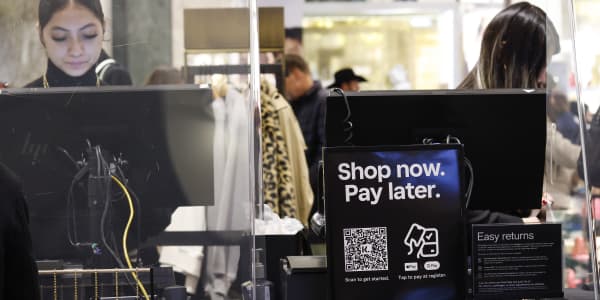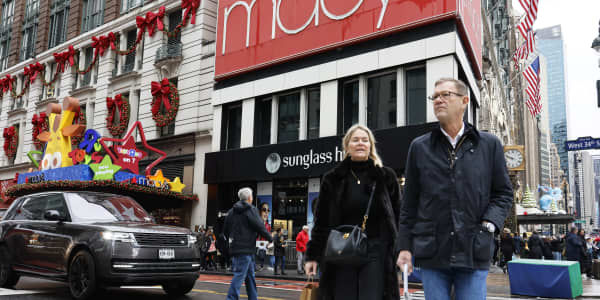A sluggish global economy. Stagnant wage growth. A conservative consumer base, and a decades-low number of adults working full-time jobs.
These are just some of the major headwinds weighing on sales expectations this holiday season. But while these economic woes cannot be discounted, there's something less sinister that's also contributing to the industry's muted revenue forecasts: early birds.
As retailers push promotions earlier in the year, consumers are making their holiday purchases ahead of the traditional November-December shopping season. As a result, those revenues aren't being captured in holiday sales outlooks.
Just look at the tactics that several major retailers employed to encourage shoppers to start early. Wal-Mart kicked off its layaway program in August, two weeks sooner than in 2014. In early October, Target started matching prices with 29 retailers, a big jump from its previous five. Later that month, Best Buy started offering free holiday shipping, which runs through Jan. 2.
Several analysts have pegged the start of holiday deals all the way back to July, when Amazon held its first-ever Prime Day.
"We've now conditioned the consumer for it to be an elongated period of time," said Rod Sides, leader of the retail and distribution practice at Deloitte.
Although the majority of holiday spending is once again expected to take place in December, a survey by the National Retail Federation found that roughly 40 percent of consumers will begin their shopping before Halloween.
The trade organization's findings are backed up in a separate study by Nielsen, which found that as of the second-to-last week in October, 43 percent of Americans had already started their holiday shopping.
According to the NRF, the most popular reasons consumers gave for starting early were to better budget their money, to avoid the crowds later in the season and to evade the stress of last-minute buying.
"One thing is clear. [The holiday season] is not defined by a day or a week," said Steve Barr, U.S. retail and consumer leader at PricewaterhouseCoopers.
According to his firm's forecast, 13 percent of shoppers plan complete the majority of their shopping before November.
But consumers aren't just hitting the stores ahead of the traditional shopping season. Deloitte's annual spending survey found that 16 percent of consumers would shop after Christmas, with 3 percent planning to do so in January. That's roughly consistent with 2014.
Kathy Allen, NRF's senior director of media relations, said the trade group has looked at the possibility of expanding its forecast. But it ultimately decided against the change so that it could provide historical comparisons.
What's more, Allen said it would be difficult to determine which purchases in September or October were holiday-oriented versus the more everyday buys.
"The large majority of purchases for the holiday season come in November and December," she said.
To her point, retailers including Wal-Mart, Target and Amazon once again waited until November to make their big holiday pushes.
It's worth noting that while experts point to an elongated shopping season, there have long been early-bird shoppers. According to the National Retail Federation, this is the 14th-straight year when 40 percent of consumers said they would start holiday shopping before Halloween.
What's more, spending at traditional retailers has been lackluster leading up to the holidays. According to Retail Metrics, uninspiring back-to-school sales, sluggish retail traffic and warmer-than-usual temperatures are expected to result in a same-store sales increase of just 1.5 percent for the industry in the third quarter. That compares to growth of 2.1 percent in prior-year quarter.
The Retail Metrics quarterly index has seen sequential same-store sales declines since fourth quarter 2014.








